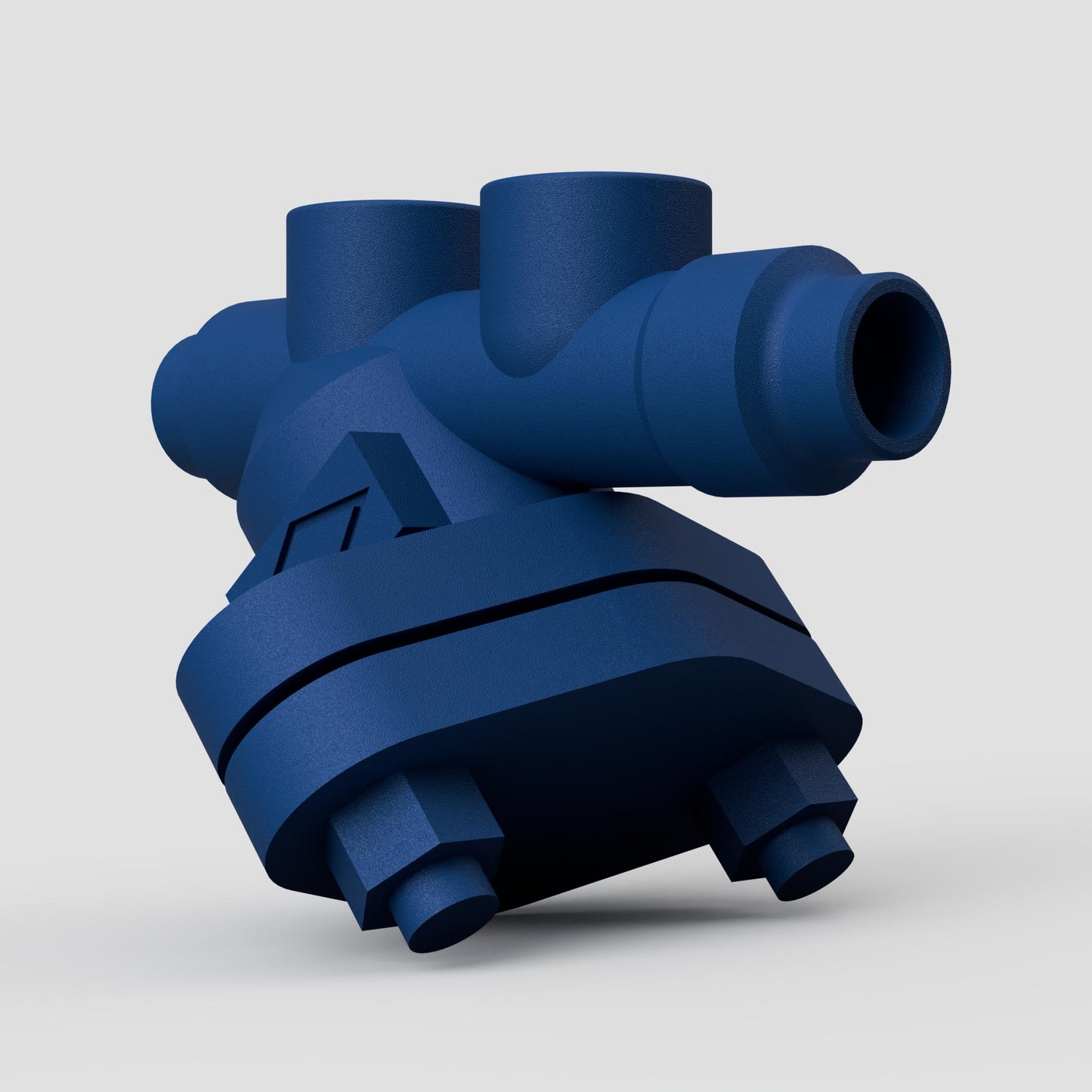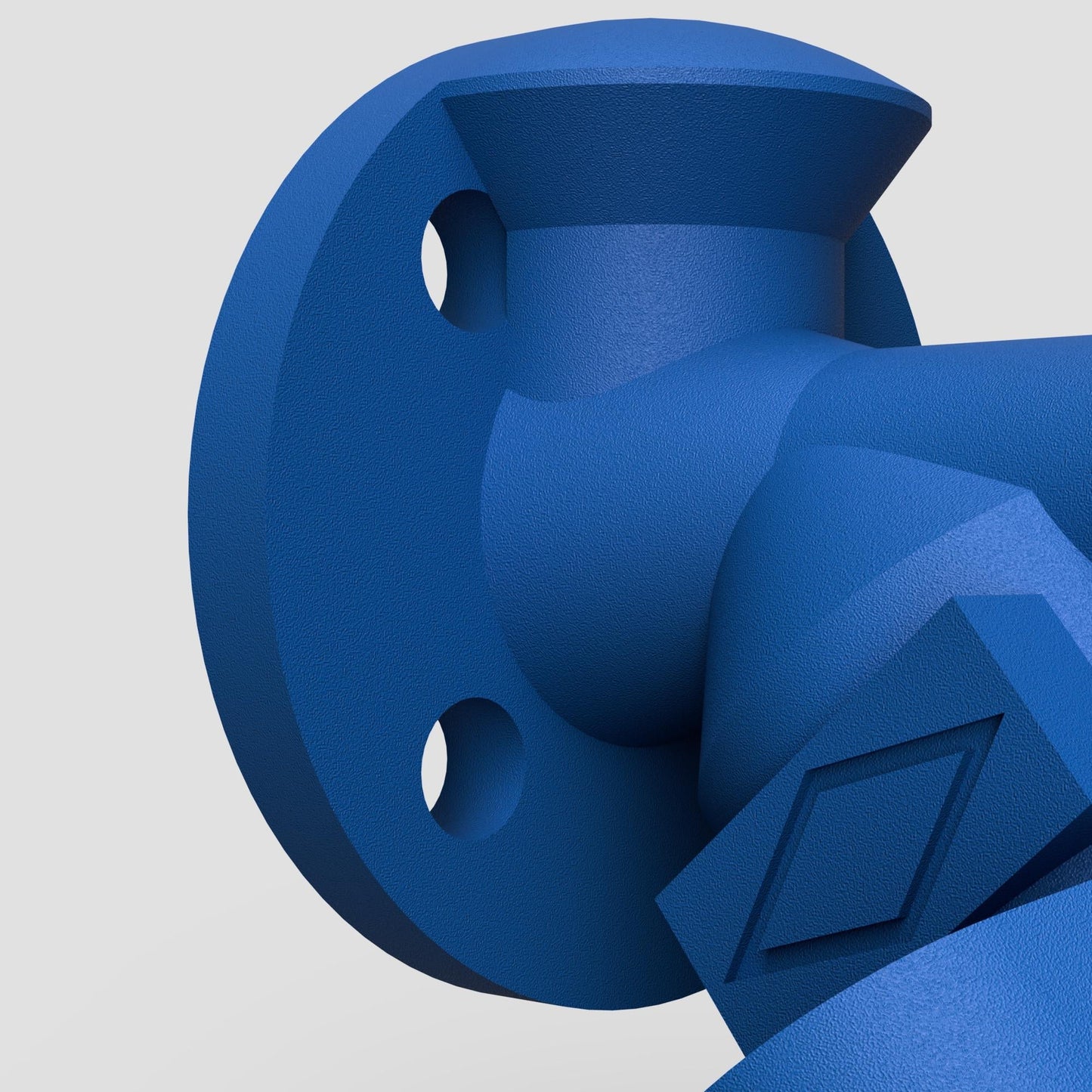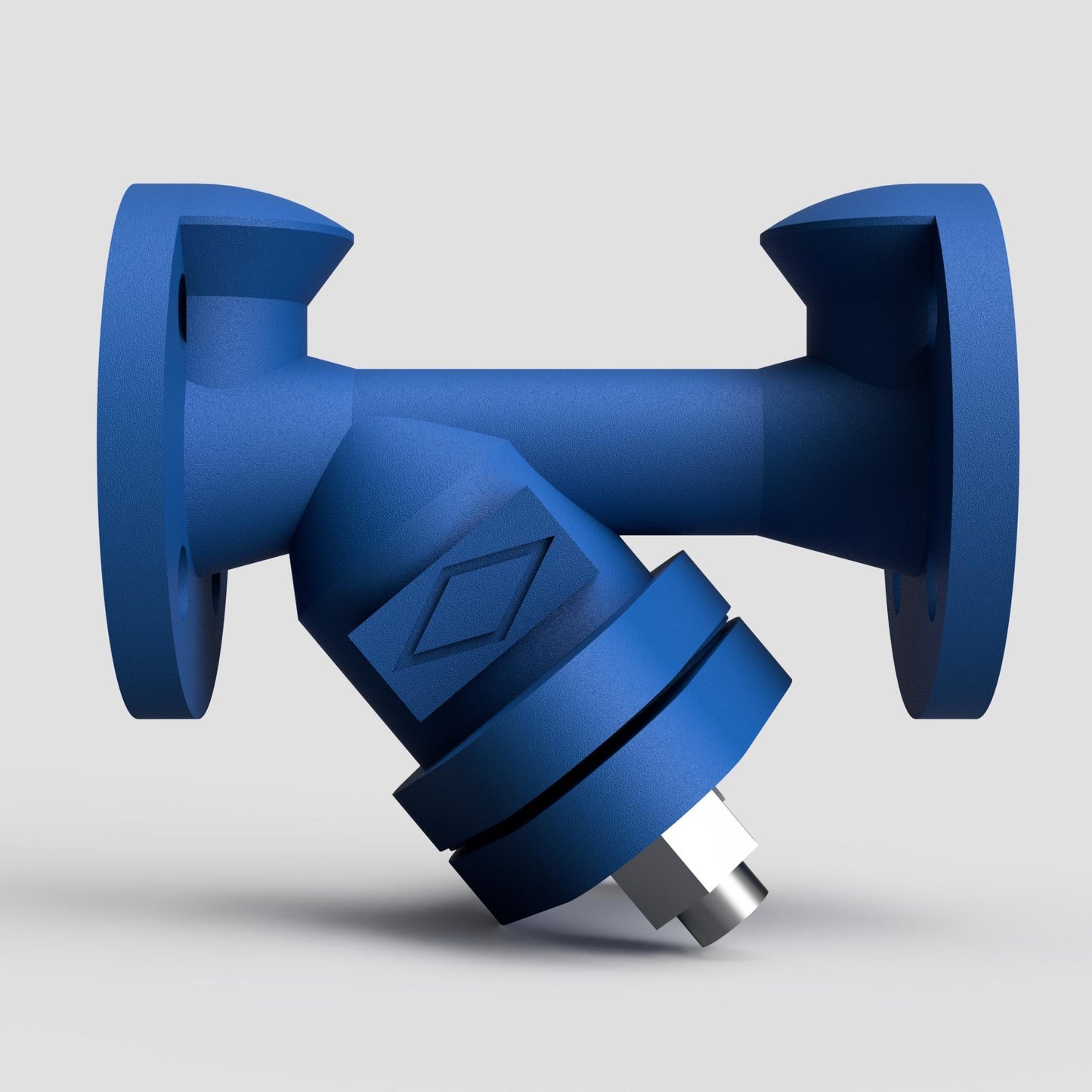




The ARI-Strainer Isolated Strainer Flanged/Butt Weld (PN63-160) is a robust and high-performance filtration solution designed to protect your pipeline systems from unwanted debris and particulates. Engineered for heavy-duty applications, this strainer ensures optimal flow and system integrity across a wide range of industrial settings.
Key Features
- High Pressure Rating: Designed for use in systems with a pressure range from PN63 to PN160, making it suitable for high-pressure applications.
- Versatile Connection Options: Available with both flanged and butt weld connections to accommodate various installation requirements and provide a secure, leak-free fit.
- Durable Construction: Constructed from premium materials to ensure long-lasting performance and resistance to corrosion and wear, even in the most demanding environments.
- Efficient Filtration: Equipped with a precision-engineered mesh or perforated screen to effectively trap and remove particles, ensuring the smooth operation of your system.
- Easy Maintenance: The strainer design allows for straightforward access and cleaning, reducing downtime and maintenance costs.
Applications
The ARI-Strainer Isolated Strainer is ideal for use in a wide range of industries, including:
- Oil and Gas: Ensures the purity of fluids and protects downstream equipment from damage.
- Chemical Processing: Maintains the integrity of chemical flows by preventing contamination.
- Power Generation: Safeguards turbines and other critical components from particulate damage.
- Water Treatment: Enhances the efficiency of filtration systems by removing debris from water streams.
| Parameter | Description |
|---|---|
| Body Material | Stainless steel, carbon steel, and other alloys upon request |
| Pressure Rating | PN63 to PN160 |
| Pressure Range | Suitable for a wide range of operating pressures |
| Connection Types | Flanged / Butt weld |
| Strainer Type | Mesh or perforated screen, available in various sizes to meet specific filtration requirements |
| Temperature Range | Suitable for a wide range of operating temperatures, depending on material selection |







